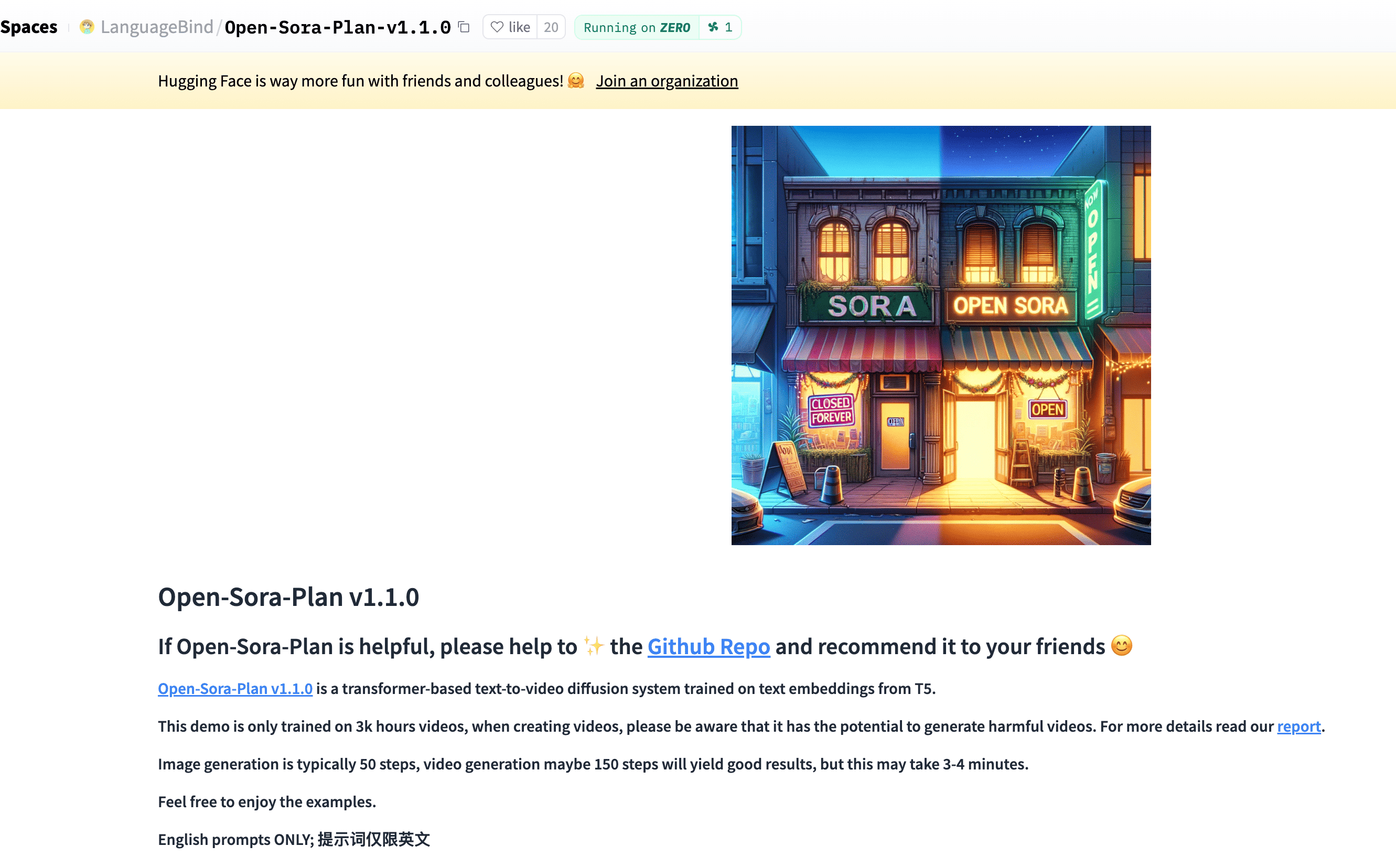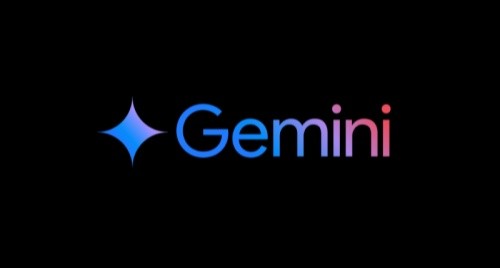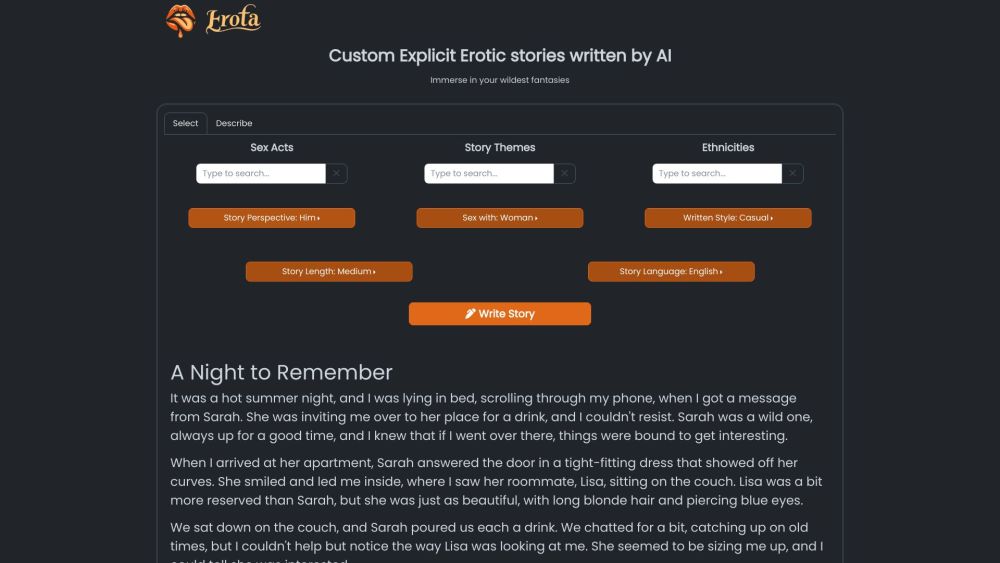
What is Open-Sora-Plan?
Open-Sora-Plan is a text-to-video generation model developed by the Tuple Team at Peking University. Introduced in April 2024 with version 1.0.0, it quickly gained recognition for its efficient design and performance. The v1.1.0 version further improved video quality and duration with better visual representation, higher quality generation, and longer video capabilities. Built on an optimized CausalVideoVAE architecture, it offers strong performance and high inference efficiency while maintaining simplicity and data efficiency seen in v1.0.0.
Who Can Use Open-Sora-Plan?
Open-Sora-Plan is ideal for researchers and developers in the field of video generation. It is suitable for individuals and teams looking to create high-quality video content for academic research, content creation, or commercial applications. Its open-source nature allows community members to freely access and improve the model, fostering technological advancements and innovation.
Where Can Open-Sora-Plan Be Used?
Researchers can use Open-Sora-Plan to generate descriptive videos for academic presentations. Content creators can leverage this model to produce engaging video content for social media platforms. Commercial companies can use Open-Sora-Plan to generate product promotional videos, enhancing market influence.
What Are the Key Features of Open-Sora-Plan?
Optimized CausalVideoVAE architecture enhances performance and inference efficiency.
Uses high-quality visual data and captions to improve understanding of the world.
Maintains simplicity and data efficiency, similar to Sora's base model.
Open-source release includes code, data, and models, promoting community development.
Incorporates GAN loss to preserve high-frequency details and reduce grid artifacts.
Employs time rollback tiling convolutions tailored for CausalVideoVAE.
How Do You Use Open-Sora-Plan?
Visit the GitHub page for Open-Sora-Plan to explore project details.
Read the documentation to get access to code, data, and models.
Set up the development environment according to the documentation, installing necessary dependencies.
Download and run training scripts to start generating videos.
Use sample scripts to conduct personalized video generation experiments.
Engage in community discussions, contribute code, or suggest improvements to drive project development forward.







